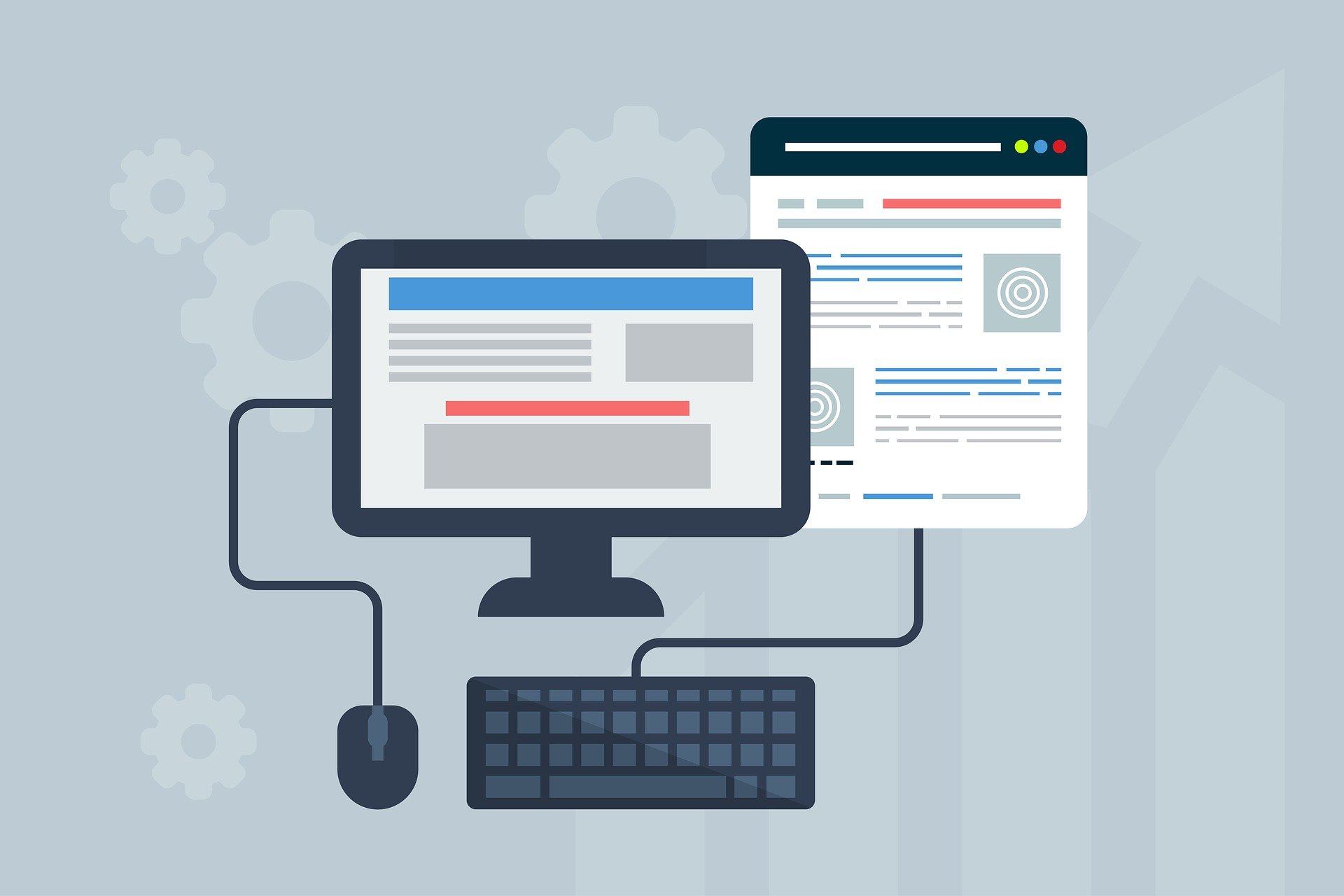Becoming a master at Facebook marketing is definitely a must for any Waterford business who wants to succeed.
Facebook has a huge number of users and approximately 2.4 billion people log on and use it every single month.
People interact with all kinds of businesses on Facebook whether they’re big or small. Two-thirds of Facebook users even say that they visit local businesses on Facebook at least once a week.
This makes Facebook marketing an incredibly important tool to be able to use.
Your potential customers are out there already looking for businesses like yours on Facebook.
They’re looking for local, Waterford businesses to support and follow on the social media platform.
Having a clear Facebook marketing strategy is one of the keys to success online. This is why we’re here today to talk to you about 6 ways you can promote your Waterford business on Facebook.

Comments: 0